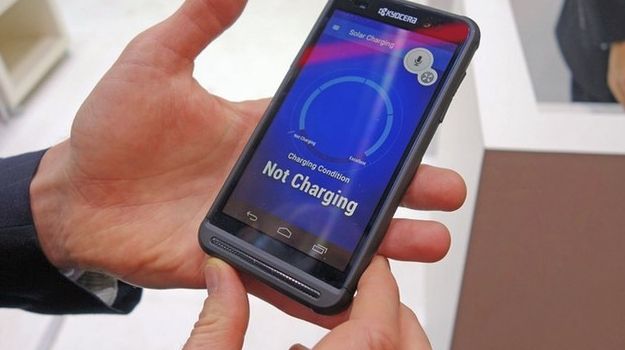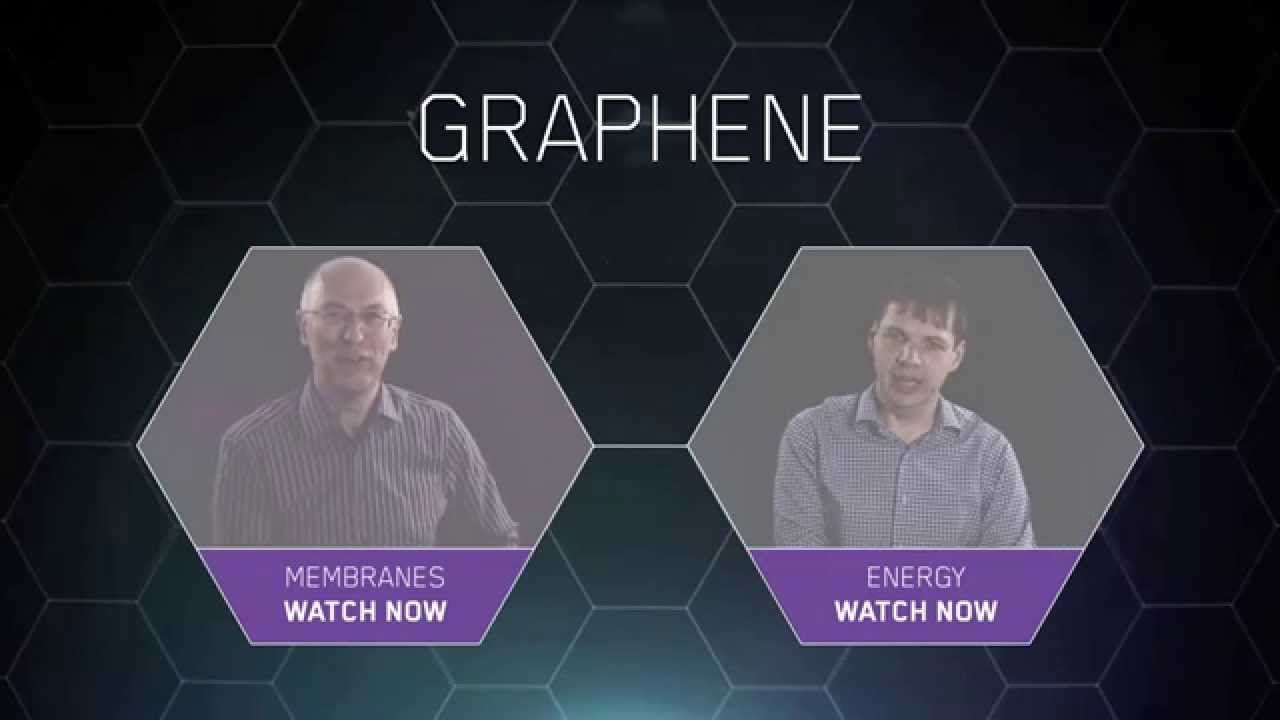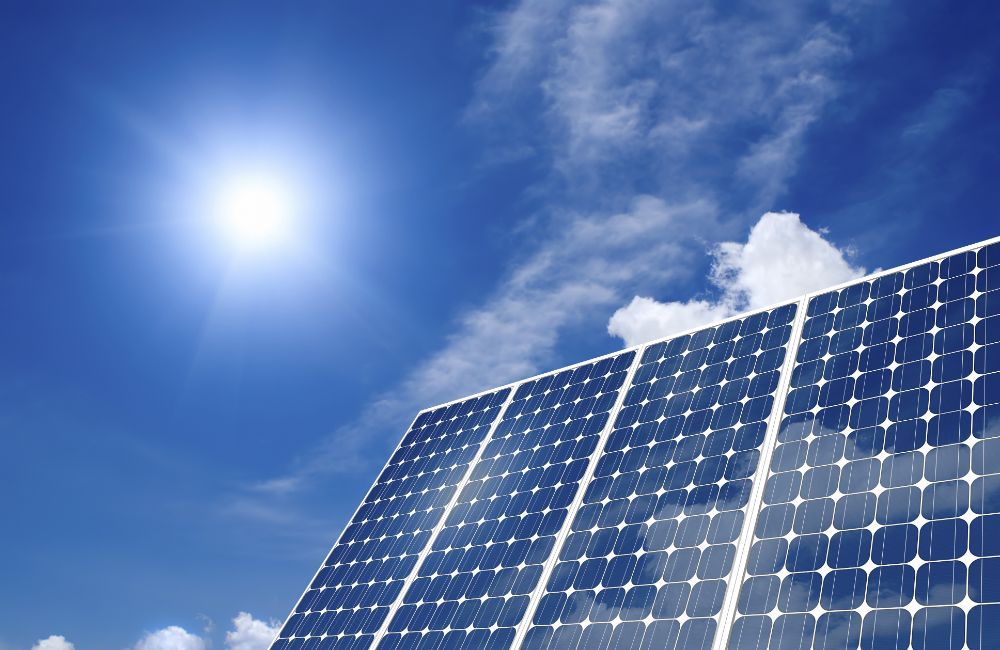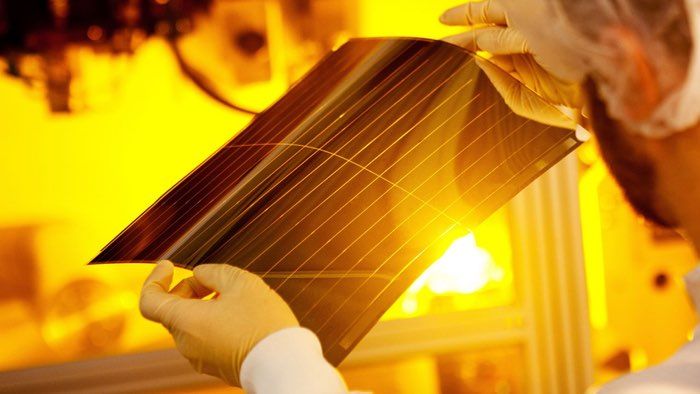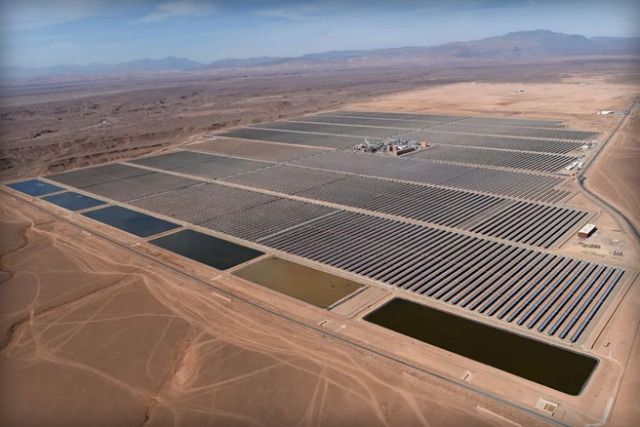Feb 24, 2016
This smartphone’s display is also a solar charger
Posted by Shailesh Prasad in categories: mobile phones, solar power, sustainability
You phone does all kinds of things when it’s just lying there: checking your Facebook feed, pulling down Google Now updates, receiving emails and text messages. One thing it’s not doing: giving your battery a break.
Kyocera is working to change that. How? By sandwiching a solar panel to a smartphone display. It’s something they’ve been working on in conjunction with Sunpartner Technologies. They actually showed off their progress last year at Mobile World Congress, and they returned this year to give the crowd a glimpse at their updated prototype.
It’s an Android device with a five-inch screen, and like some of Kyocera’s other phones it’s waterproof and quite rugged. Curious how the solar layer affects the phone’s display? Reports from people that have spent time with the device say that you’d be hard pressed to notice the difference. That’s because the .55mm panel that Kyocera has integrated into their latest prototype’s display is 85% transmissive.
Continue reading “This smartphone’s display is also a solar charger” »
